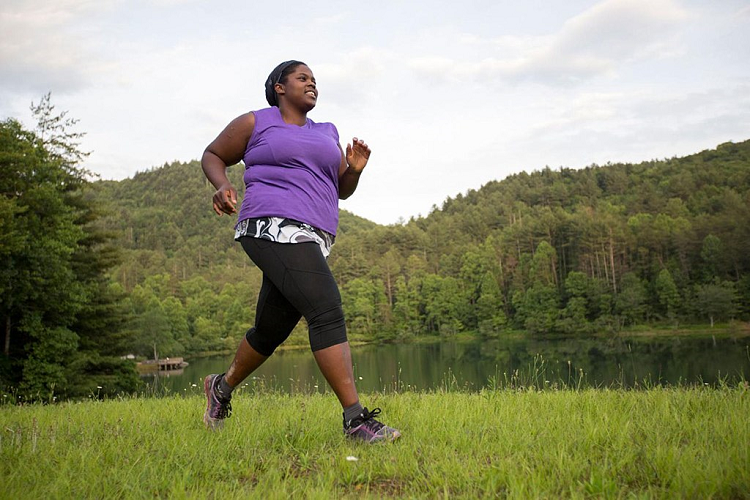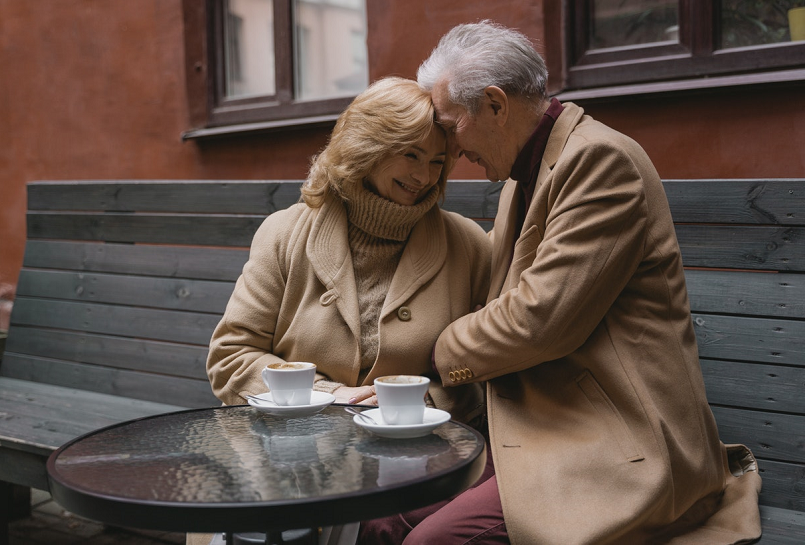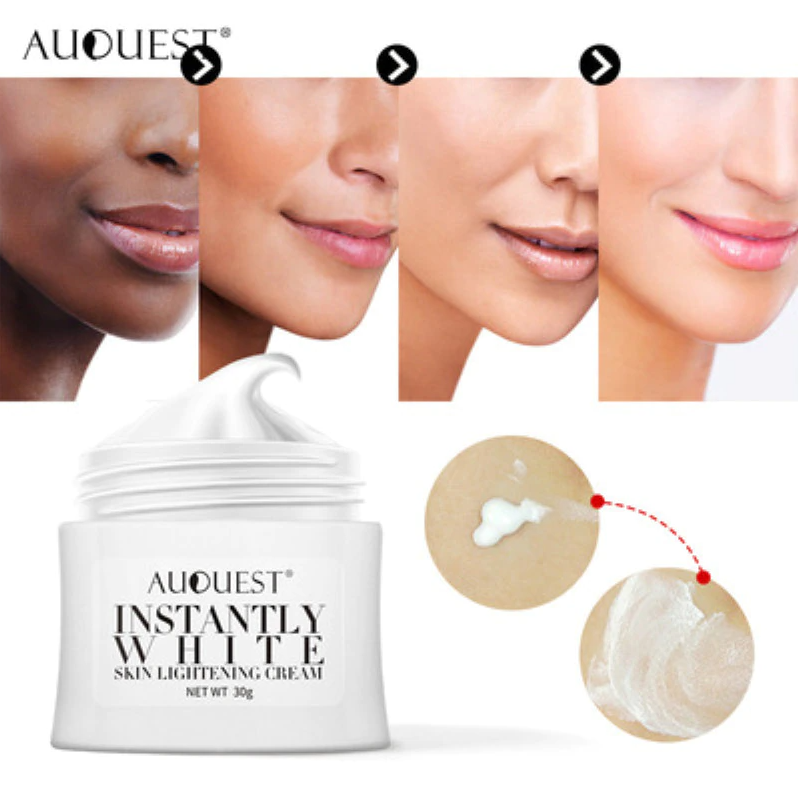10 Beauty and Attractiveness
Module Learning Objectives (MLO)
In this chapter, you will
- MLO 10.1 Identify foundational concepts related to beauty, attractiveness, identity, appearance, and dress. [CLO 1]
- MLO 10.2 Identify the ways beauty and perceptions of attractiveness influence people’s experiences. [CLO 1]
- MLO 10.3 Identify the aspects of facial appearance that contribute to perceptions of attractiveness. [CLO 1]
- MLO 10.4 Identify how people alter their bodies when they do not think they are attractive or meet cultural beauty ideals. [CLO 1]
- MLO 10.5 Identify factors that influence why people alter their bodies when they do not think they are attractive or meet a specific beauty ideal. [CLO 1]
- MLO 10.6 Identify people’s experiences related to meeting the ideals of beauty or perceptions of attractiveness. [CLO 2]
- MLO 10.7 Examine social justice issues related to dress, appearance, and interpretations of beauty and attractiveness in the United States. [CLO 3]
- MLO 10.8 Analyze how dress, appearance, and concepts of beauty and attractiveness in the United States are represented in the fashion system (e.g., advertisements or retailers). [CLO 3]
- MLO 10.9 Deconstruct your own perspectives and approaches to understanding dress, appearance, beauty, and attractiveness in the United States. [CLO 4]
- MLO 10.10 Identify the driving forces of transformative social justice change in the fashion system related to beauty and attractiveness in the United States. [CLO 5]
“Beauty Is Good” Stereotype
In US society, as well as in many other cultures, attractive people are assumed to be
- sociable
- likable
- intelligent
- likely to succeed in a job
- likely to succeed in relationships
(Dion, Berscheid, & Walster, 1972).
Physical attractiveness seems to have a halo effect that influences perceivers to assume that an attractive person holds a network of positive qualities. In this case, a positive stereotype is applied. Research indicates that this positive halo for attractiveness is pervasive, or held throughout US society. Traits that are considered physically unattractive, such as obesity is currently defined, act as a stigma to elicit a stereotype of negative qualities. For example, research indicates that obese individuals are more likely to be perceived as
- lazy
- lacking in self-control
- not intelligent
and a host of other negative things (Jasper & Klassen, 1990). However, these qualities are not actually found to a greater extent in obese individuals.

According to Aronson (1965), the halo effect for attractiveness happens when
Beauty is a reward because it
- is aesthetically pleasing.
- is desirable to “possess.” Attractive women, in particular, are seen as rewards or trophies for successful men.
- reflects positively on associates or friends of an attractive person. Research finds that if an attractive person is willing to hang out with someone, the halo effect rubs off a little on the partner or friend of the attractive person—especially in cases in which a man is romantically connected with a beautiful woman: he is seen as more powerful or effective if he can attract such a woman.
Beauty lends power because it
- attracts.
- holds attention, though not always to what someone is saying.
- opens doors of Attractive people get invited places so that others can have the rewarding or aesthetic experience of being around them.
Beauty is possibly a self-fulfilling prophecy
- Positive reinforcement from others throughout society affects attractive people’s self-concept and esteem positively over time. It is helpful to one’s self-confidence to get so much positive feedback and validation of.
- There is some evidence that attractive people actually tend to be more sociable and outgoing and more self-confident than the average person.
- This does not mean that less attractive people cannot be self-confident and sociable. However, highly attractive people are given such positive responses by others that it may be easier for them to develop these traits.
Symbolic Interaction Process and Body Satisfaction
The people in our lives influence how we feel about our bodies. One study found that among older married couples, each spouses had a substantial impact on how the cother felt about their own attractiveness.
Oh and Damhorst (2009) studied 94 heterosexual married couples 60 years and older who lived in Florida. A good predictor of a man or woman’s body satisfaction was what he or she believed his or her spouse thought about his or her attractiveness. But the best predictor of the older men’s and women’s body satisfaction was what the spouse actually thought about his or her attractiveness.

Clearly, when someone takes on the role of the other to interpret how that other might think about the self, the interpretations can influence how one assesses or appraises the self. In a close relationship such as a long-term marriage, spouses serve as mirrors for each other to define, to some extent, the self. But even when a person is not totally aware of what the other thinks, the way a spouse acts nonverbally and verbally toward his or her mate over time has a profound influence on feelings of attractiveness and body satisfaction.
Cultural Influences on How We Think About the Body
Cheng (2000) studied 209 immigrant Chinese Americans living throughout the United States for body satisfaction and perceptions of attractiveness. In many Asian cultures, the spiritual and abstract qualities of personality and physical functioning are as important as or more important than appearance characteristics in assessing attractiveness. In the United States, emphasis on thinness for women and muscle development for men, as well as facial characteristics, are highly important standards for physical attractiveness. We emphasize surface qualities over internal qualities. As people acculturate to a new culture, they may adopt ways of thinking about attractiveness from the new culture.
Faces and Attraction
Faces convey a significant amount of information about a person, including their various identities, such as sex, gender, ethnicity, race, and mood or emotion. The face is also one avenue through which judgements are made. That is, we have first impression of people based on their faces, and we make these judgements within seconds of meeting a person. Based on our impression of someone, we change our attitude and behavior toward this person (Lennon, Johnson, & Rudd, 2017).
Overall, individuals perceived as attractive receive unearned advantages. And, conversely, unattractive people experience significant discrimination due to the sizes and shapes of their facial features. This result has been found repeatedly in numerous peer-reviewed studies. That is, attractive people are given more awards; make more money; are perceived as smarter, more competent, be more social-able, happier; are given more attention; are more likely to be elected to office; and generally have more positive interactions than those who aren’t seen as markedly attractive (Lennon, Johnson, & Rudd, 2017).
Theories of Attraction
The first theory of attraction is sexual dimorphism, which refers to the physical features that are determined to be associated with men or women or masculinity or femininity. In numerous studies, researchers found that women who have more feminine features are judged to be more attractive and men who have more masculine features (a hard jawline, for instance) are rated as more attractive (Rhode, 2006).
The second theory is the theory of average faces. In this theory, researchers found that those faces that are more average are judged to be more attractive. You can view an example of face that are more average on the Face Research website (Faceresearch.org).
The last theory refers to facial symmetry: those faces that are more symmetrical are rated as more attractive (Lennon, Johnson, & Rudd, 2017).
Attraction and the Beauty Industry
There is a significant amount of bias against people who do not meet the appearance attractiveness standard.
The bias toward appearing attractive, being treated better simply because the size and shape of one’s facial features, has created a multi-billion-dollar beauty industry. The cosmetic and plastic surgery industries have contributed to and upheld ideal beauty standards (American Society of Plastic Surgeons, 2017; Rhode, 2010; Ridder, 2021 ). It is no surprise, then, that the fashion industry is aware of the advantage and has employed attractive models, as these models sell more products.

Abercrombie & Fitch
Abercrombie & Fitch is a fashion company that began in the 19th century (Abercrombie & Fitch, 2021). It sells products in numerous categories, including menswear, womenswear, and childrenswear. The company has frequently, in the recent 21st century, been in the news for a variety of issues, including its risqué print catalog, which featured models in sexualized positions. Additionally, it has a history of discriminatory hiring practices (Walters, 2016).
In 2006, Mike Jeffries, the company’s CEO, stated publicly, “A lot of people don’t belong [in our clothes]. . . .That’s why we hire good-looking people in our stores Good-looking people attract other good-looking people, and we want to market to cool, good-looking people. We don’t market to anyone other than that” (The Fashion Law, 2018). Jeffries was hired to overhaul the brand after company went bankrupt in 1992. His tactics of hiring “beautiful” people were to help revamp the company ad increase sales. His strategy was a success; it increased sales and profit.
The company also instituted a looks policy; it regulated employees’ appearances, including length and color of hair, women’s makeup, and fingernail length. In other words, the company hired retail employees as it would models; it put employees in its retail stores based on their appearance rather than their ability to perform job functions. Any person of color (Asian, Black, and/or Latinx) was confined to the stockroom and not out on the selling floor, because they did not have a particular look. This issue is a complex one, and while we read the example in the facial attractiveness module, other intersecting identities certainly experiencing discrimination here, such as race and body size.
To view a transcript for the video above, download this file: 60 MIN Abercrombie & Fitch Racism Lookism Controversy Video Transcript [DOC]
References
Aronson, E. (1965). The social animal (2nd ed.). San Francisco: W. H. Freeman.
Cheng, C.-Y. (2000). Acculturation and cultural value orientations of immigrant Chinese Americans: Effects on body image, aesthetics for appearance, and involvement in dress. Unpublished doctoral dissertation, Iowa State University, Ames.
Dion, K., Berscheid, E., & Walster, E. (1972). What is beautiful is good. Journal of Personality and Social Psychology, 24, 285–290.
Fisher, S. (1968). Body image. In D. Sills (Ed.), International encyclopedia of the social sciences (Vol. 2). New York: Macmillan.
Giddon, D. B. (1985). Ethical considerations for the fashion industry. In M. R. Solomon (Ed.), The Psychology of Fashion (pp. 225–232). Lexington, MA: Lexington Books.
Goffman, E, (1968). Stigma Notes on the management of social identity. Harmondsworth: Penguin.
Jasper, C. R., & Klassen. M. L. (1990). Stereotypical beliefs about appearance: Implications for retailing and consumer issues. Perceptual and Motor Skills, 71, 519–528.
Lennon, S., Johnson, K. K. P., & Rudd, N. (2017). Social psychology of dress. London: Bloomsbury.
Ogle, J. P., & Damhorst, M. L. (2004). Constructing and deconstructing the body malleable through mother–daughter interactions. Sociological Inquiry, 74(2), 180-209.
Oh, K., & Damhorst, M. L. (2009). Coorientation of body image among older married couples. Body Image, 6, 43-47.
Rhode, D. L. (2010). The beauty bias: The injustice of appearance in life and law. Oxford: Oxford University Press.
Rhode, G. (2006). The evolutionary psychology of facial beauty. Annual Review Psychology, 57, 199-226.

Beauty and Attractiveness Case Study
Step One: Become familiar with the case study.
- The case study attached below is a Word document and can be downloaded. It includes the task, evaluation, and template for the case study:
Beauty and Attractiveness Case Study [DOC]
Step Two: Submit your complete assignment on Canvas.
- Format your document.
- Remember to check the submission against the rubric.

